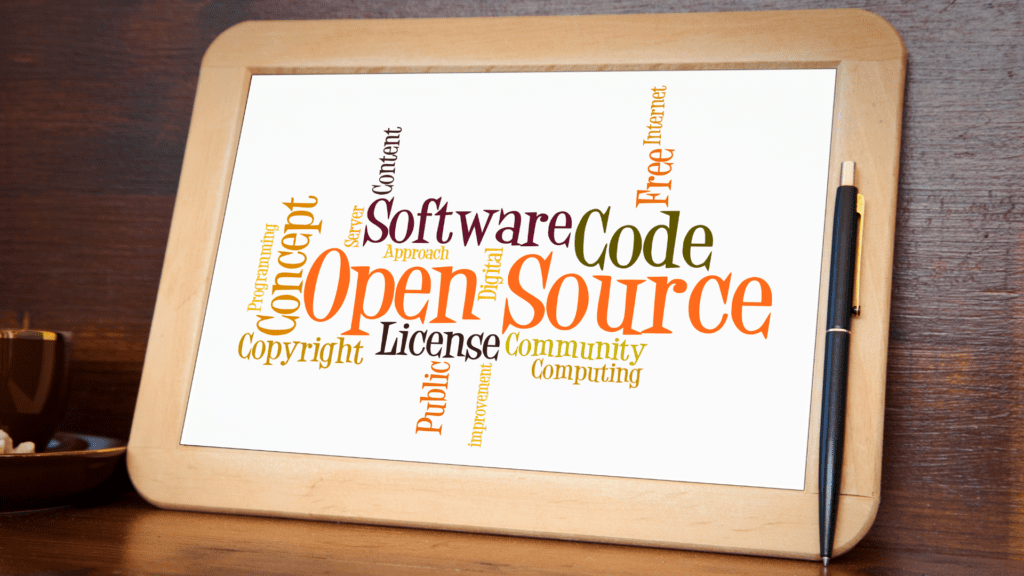Open Source software solutions are increasingly available for a wide range of applications and systems. Despite this, many organizations are still hesitant to use Open Source broadly in their organization, instead using commercial offerings or even custom-developing solutions. However, Open Source is much better than its reputation suggests, and many businesses are likely already using Open Source without even knowing it.
Open Source can support cost-savings, contribute to innovation and development, and increase an organization’s technical understanding. However, businesses should develop a clear position on Open Source to understand where and where not to use it. Before heading into Open Source projects, it’s essential to understand the different possible operating models and intrinsic characteristics of using Open Source.
Although Open Source is open and free, this doesn’t mean that organizations can do anything they like with it, or that they need to do everything themselves. Many organizations, such as Red Hat, Canonical, and SUSE, provide free versions of their systems but also offer commercial extensions and support. Similarly, commercial organizations contribute to the Open Source community by providing custom development and commercial support for organizations who wish to base their solutions on an open platform but can’t maintain the skills needed in-house. Cloud providers, both large and small, also offer an operating model for using (partially) Open Source solutions while not having to maintain the full stack.
Before using Open Source, organizations should carefully consider what they expect from the platform or software, and understand that Open Source solutions are typically provided by a “community” which can be individuals or large commercial organizations. Understanding who the community is behind the solution, how active they are, and who drives the strategy is key to knowing if a solution is right for the organization.
It’s also important to understand the licensing model, as there are a range of different Open Source license models that provide varying levels of restrictions. Open Source solutions often don’t come ready to use, so organizations need to understand how using Open Source changes their operating model and the level of skill needed.
In conclusion, Open Source has long grown from being the domain of obscure geeks and can provide many benefits to organizations. However, it’s essential to understand the possible operating models, intrinsic characteristics, and licensing models to make a well-considered business decision before heading into an Open Source project. By doing this, organizations can maximize the benefits of Open Source while understanding where it may not be the right choice.

